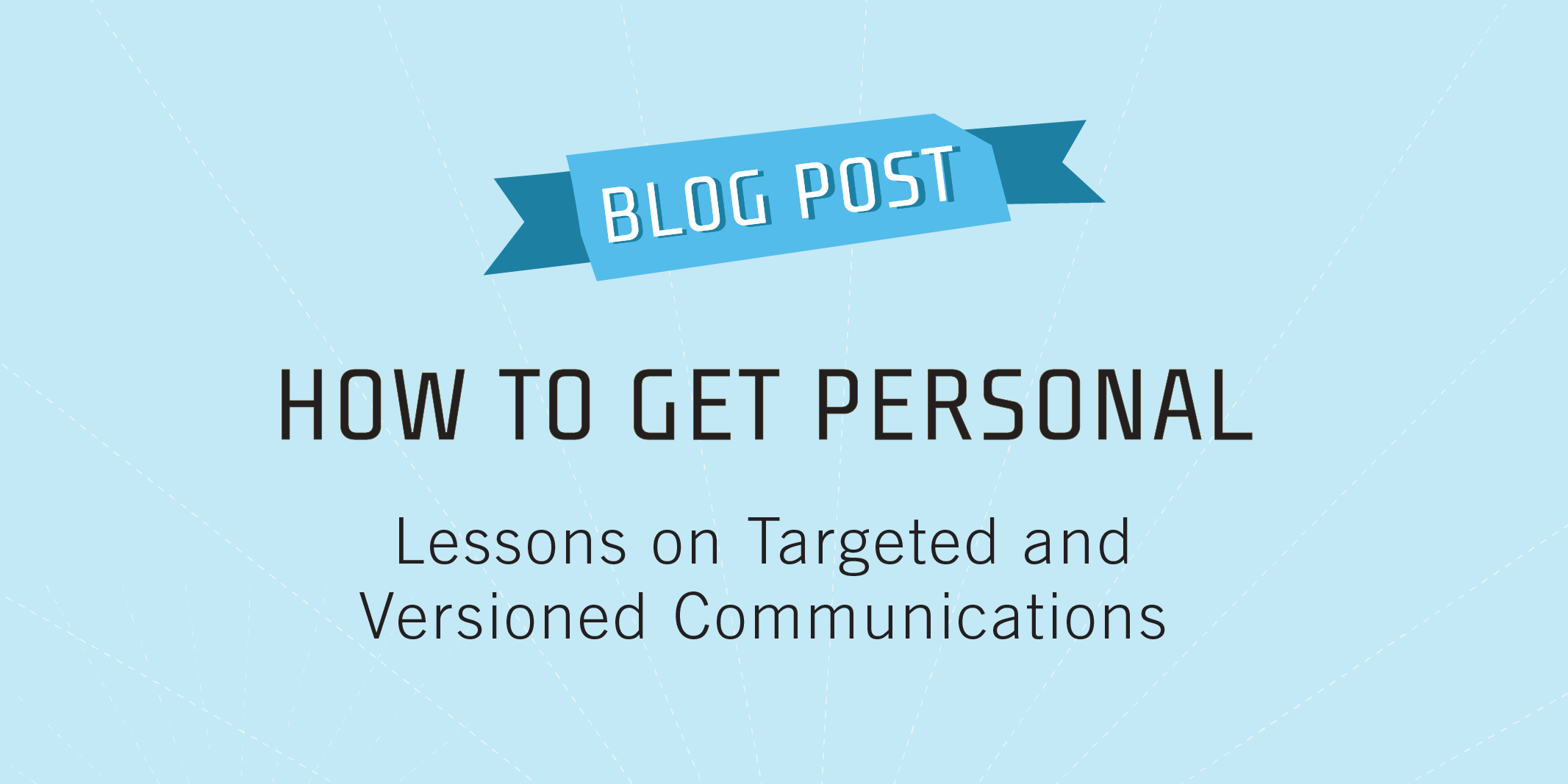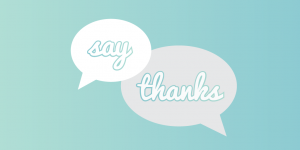Earlier this month we hosted a webinar with the NJ-based Center for Non-Profits all about creating engaging communications. The presentation covered five different techniques that non-profits, education organizations, and (in a more general sense) plain ol’ businesses can employ to deepen communication with their target audiences. One of the best tactics we’re always talking to non-profits about is personalization. In a nutshell, tailor your messages to different segments of your network so that the communication is relevant and drives a more meaningful connection based on like-mindedness.
Why is this important? In a Caslon Report study from a few years back, it was noted that deeply personalized campaigns get twice the response rate over generic mail. So how can organizations get started with personalization and versioning in their communications? Well, as scary and overwhelming as unbounding lists and data can seem it’s your friend and it starts there.
Trust us: You’ve got mountains of data, and it’s all useful.
To start, take a look at your donor data. Ask yourself simple questions like: How do I know them? How much did they give, when and how? Utilize basic surveys and even social media analytics to get a sense of their personal interests. Plus, if you’ve got a personal relationship with them, you probably know where they’re from and how old they are.
See also: Finding the Right Data is Easier Than You Think
Categorize, categorize, categorize!
Break your list up into specific groups. Separate people by constituency, whether they’re current or lapsed, income level, generation, region, or even industry! This will also help you get better acquainted with who’s in your orbit, all leading up to how you start talking to them and what about.
See Also: A/B Testing: Gaining Insight Through Dividing and Analyzing
Ready? Aim!
Now that you’ve done some preliminary homework, start figuring out ways you can target your constituents. Switch up lines in your letters and posts, use different images for different groups. Play around with design and layout. Even the length of your message is a method of personalization. For example: older generations long form letters might yield more of a response, but millennials might be more drawn to a self-mailer that’s colorful and intricately folded. Output is also huge for personalization, so be sure to utilize direct mail, e-mail, special pages on your website, and even videos!
 See also: Emotional Appeals: 3 Keys to Feel-Good Cultivation
See also: Emotional Appeals: 3 Keys to Feel-Good Cultivation
—
The great thing about personalization is that it’s a scalable technique. You can go really big on a direct mail campaign, but you can also target on a budget with social media, e-mail, and even mail merges done in-house. Play around with tone of voice, graphics, and format and you’ll see people start to respond differently. The best part of it all is that your communications will begin to stand out and resonate with your audience be it donors, volunteers, funders or prospects.
You Might Also Enjoy:
+ Finding the Right Data is Easier Than You Think
+ A/B Testing: Gaining Insight Through Dividing and Analyzing
+ Emotional Appeals: 3 Keys to Feel-Good Cultivation
+ Knowing When Personal is Too Personal
Like what you see? Stay in touch!













